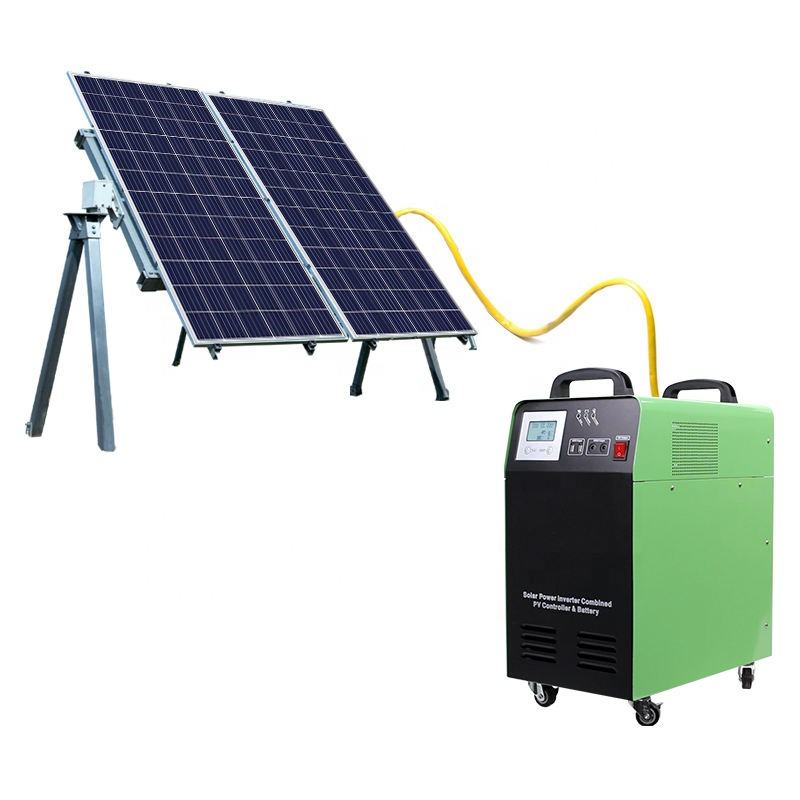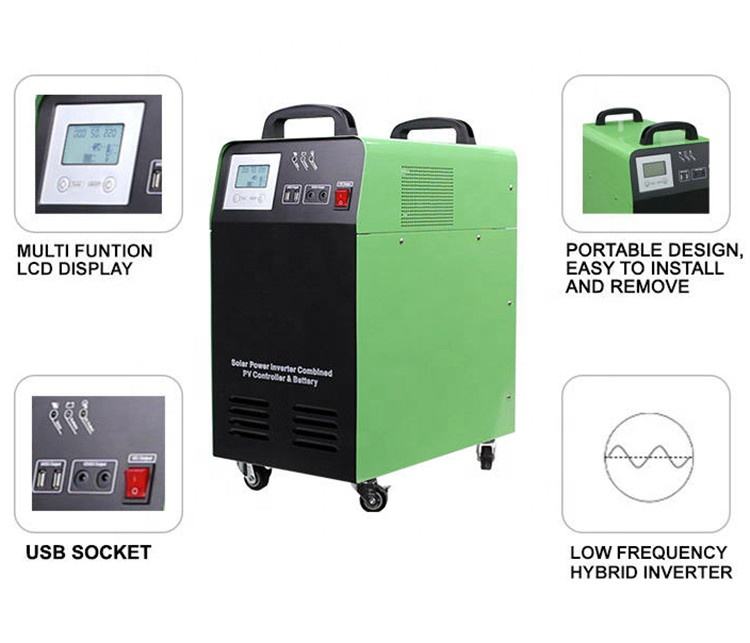Porosity refers to the ratio of the pore volume in a rock (or the volume of space in a rock that is not filled with solid matter) to the total volume of the rock. It is a fundamental parameter used in geology and petroleum engineering to evaluate the potential of a reservoir for storing and transmitting fluids such as oil and gas.
The study of porosity differs significantly between continental sequence stratigraphy and passive continental margin marine sequence stratigraphy. Continental basins are influenced by a variety of factors, including tectonic activity, climate, and sediment supply. These basins often exhibit complex sedimentary patterns due to rapid lateral changes, variable thicknesses, and frequent lake-level fluctuations. This complexity makes the formation of sequence stratigraphic models more challenging in continental environments compared to marine settings.
Chinese researchers have developed a unique sequence stratigraphic framework tailored to the specific conditions of Chinese basins. This model considers boundary characteristics of the basin, system tract boundaries, initial and maximum lake levels, and the presence or absence of slope breaks. The main factors controlling the development of terrestrial stratigraphic sequences include lake level changes, tectonics, climate, and sediment supply, with tectonics and climate being particularly influential in determining lake levels.
Several methods are used in the study of terrestrial sequence stratigraphy, including outcrop analysis, experimental observation, well log interpretation, seismic analysis, and numerical modeling. Sequence stratigraphy plays a crucial role in all stages of oil and gas exploration, from initial target identification to field development.
Effective porosity is a key parameter in reservoir evaluation. Unlike total porosity, which includes all pores—whether connected or not—effective porosity measures only the interconnected pore space that can contribute to fluid flow. Typically, effective porosity is 5 to 10% less than total porosity. Most oil reservoirs have porosity ranging from 5% to 30%, with the most common range being 10% to 20%. Reservoirs with porosity below 5% are generally considered non-economic unless natural fractures or other pathways exist.
Porosity can be measured in the lab using core samples or cuttings. In the field, it can also be estimated using various techniques like electrical logging, radioactive logging, and nuclear magnetic resonance (NMR). NMR porosity is especially useful because it directly responds to fluid-filled pores. However, in complex continental strata, discrepancies between NMR measurements and actual formation porosity are often observed, which can affect the accuracy of the data.
To address this issue, researchers have conducted extensive experiments on both artificial and natural rock samples to refine NMR porosity measurement techniques. It is recommended that different regions apply localized NMR logging methods based on their specific geological conditions to improve the accuracy of porosity assessments. Understanding and accurately measuring porosity is essential for efficient hydrocarbon exploration and production.
0.3KW Solar Generator
Application:Freezer, pump water, TV, fan, street light,etc.
Advantage:Easy to install and operate;
Very suitable for scattered rural areas;
Use more accurately because the user is a separate household.

300W Solar Generator,Solar Energy System,Solar Panel Portable Solar Generator
suzhou whaylan new energy technology co., ltd , https://www.xinlingvideo.com